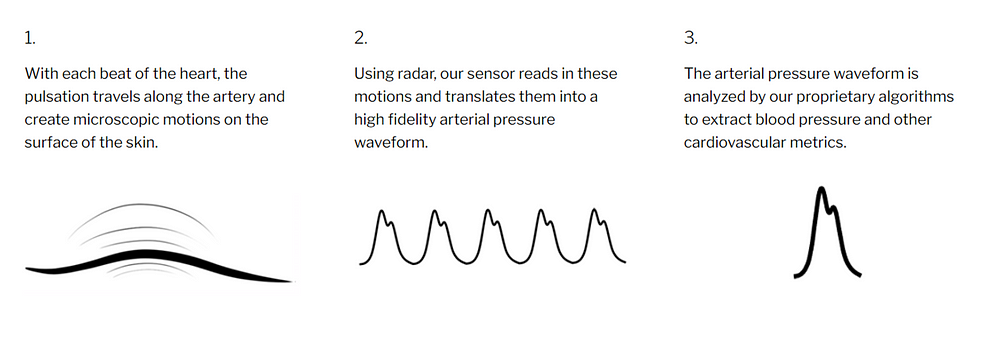Google’s tiny radars

In today's Finshots we talk about tiny radars that could change how we interact with the world
The Story
Today’s story is a bit different. It’s not about business or finance. Instead, it’s about technology that has the potential to be a gamechanger of sorts. However, it’s also seemingly complicated in some ways. So it fits right up our alleyway.
Alright. So here’s the thing. Google is building radars. And we are not talking about those big bulky things that you see on TV. Instead, these look more like tiny devices that can fit inside your smartphone. They can track fast-moving objects with precision. They can detect the faintest motions and they could potentially fit inside a wide array of devices.
Also, unlike camera-based motion sensors, these tiny radars do not need a visual line of sight. They can detect gestures without actually identifying you. So in some ways, there are less intrusive as well. But more importantly, the future potential here seemed immense. You could theoretically control your smartwatch without ever touching it, you could play an imaginary violin without the actual instrument and you could monitor your sleep without wearing additional prosthetics.
Quite amazing!
However, these radars aren’t new. These things have existed for a while now and Google itself has been talking about their proprietary radar since 2015. They even packed early versions of these chips on their flagship smartphones Pixel 4 and Pixel XL, back in 2019. If you ever owned one of these phones you’d know that it would automatically detect your hands and quickly turn on while you reach for it. You’d know that you could dismiss calls, snooze alarms or change music with a simple way of the hand. And you’d know it was a nice parlour trick. However, most people saw it as a silly gimmick and nothing more. So it didn’t really take off in a big way.
There was also the fact that these radars operated on the 60GHz spectrum — a range of frequencies not available for civilian use in countries like India. Which explains why Pixel 4 was never officially sold with functioning radars here. But that being said, they’re now working on a different strategy and trying to make it available elsewhere. And in a bid to achieve this objective they are introducing an open-source API standard so that other people could configure these radars and make them do things without spending a lot of time and effort.
In fact, they are already working with several companies across disparate domains.
Take for instance Blumio — a health tech company that’s trying to fundamentally change how doctors and patients measure blood pressure. Their website makes some pretty bold claims —
We built Blumio from the ground up with an audacious idea: to create a sensor that can measure blood pressure without applying any pressure on the body. Blumio’s sensor uses radar to capture cardiovascular signals from the body. We say “cardiovascular signal” because this signal allows us to extract cardiovascular metrics including pulse rate, blood pressure, and pulse wave velocity (a measure of arterial stiffness).
Our sensor can pick up a signal anywhere pulses can be felt, offering extensive flexibility when it comes to developing new products or integrating into an existing one. The sensor is also compact, making it suitable for wearable applications.

They’re also partnering with Ford to use these radars inside cars. Maybe for things like hands-free driving, automatic emergency braking, lane-keeping, etc.
And in all honesty, you could put together a hundred more use cases like this. But to truly realise this vision, you’ll have to have an interface to talk to the radar seamlessly. And it becomes all the better if other radar manufacturers (like Google) can also agree on some ground rules — a certain standard of sorts. And that’s what the open-source API intends to achieve. By offering people a more interoperable platform they hope to make these radars ubiquitous. And if Google succeeds in this endeavour maybe this could be a real gamechanger.
Until then…
Don't forget to share this article on WhatsApp, LinkedIn and Twitter
